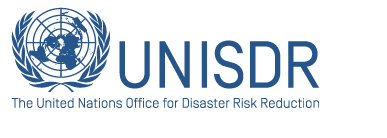With the participation of the coordination, water, health and hygiene, search and rescue and communications and information teams of the RCPMR, it was agreed to intensify prevention and mitigation efforts and strengthen the preparedness and response of these networks in order to increase the coordination and commitment of local governments, as established in Risk Management Law 147-02.
Diana Isabel Diaz, coordinator of the event, noted the positive participation of network members and stressed the importance of action plans to reduce seismic and tsunami risks, hazards that are not usually present in the people's collective consciousness.
The RCPMR were formed in the framework of Action Plans for the Caribbean 2009-2010 and 2011-2012, with funding from the Directorate-General for Humanitarian Aid and Civil Protection of the European Commission (DG-ECHO). Since then, they have supported their communities on both issues of disaster risk reduction and emergency response, as in the recent case of tropical storm Chantal, and hurricane Sandy and tropical storm Isaac a year ago.
At the end of three-day meeting, 12 of the RCPMR updated their risk maps, resource inventories and community action plans, and reinforced their work structures and redefined their functions – including the incorporation of response protocols to earthquakes and tsunami warnings for coastal communities in Barahona, developed during the DIPECHO Action Plan 2011-2012, in the framework of the project "Analysis and Mapping of Seismic and Tsunami Risk".
The meeting was sponsored by the Alert, Report and Include project "Strengthening information management in emergencies, school safety and an inclusive approach to risk reduction." It is funded by DG-ECHO and implemented in the Province of Azua by a consortium of three organizations: Plan Dominican Republic, Oxfam Dominican Republic and Habitat for Humanity.
It should be noted that in July 2012, the municipalities of Santa Cruz de Barahona and Villa Central joined the Global Campaign "Making Cities Resilient: My City is Getting Ready!" promoted by the United Nations Office for Disaster Risk Reduction (UNISDR). During the forum called "The Enriquillo Region is preparing to reduce its seismic and tsunami risk", mayors, representatives of local government and civil society demanded that the central government allocate 10% of Gross Domestic Product (GDP), to incorporate risk management into their administrations; as well as effective decentralization for the development of actions to meet the needs of their territories.




